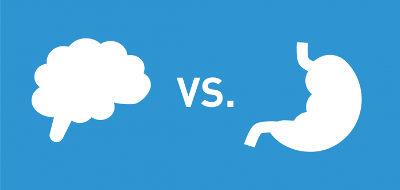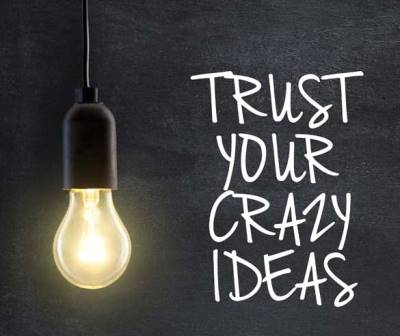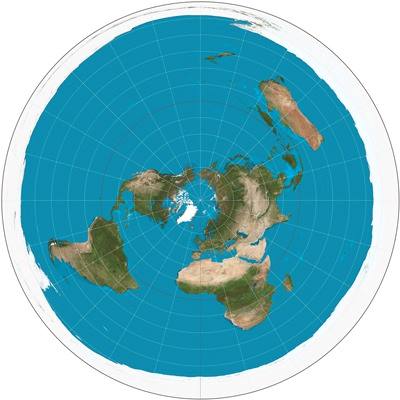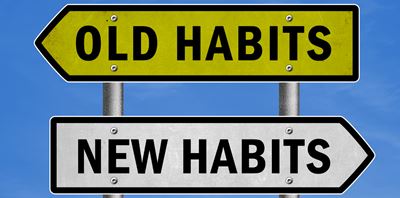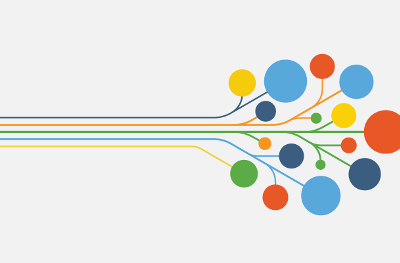This interesting post ‘An incomplete list of skills senior engineers need, beyond coding‘ by Camille Fournier – targeted at coding engineering but more widely applicable – lists a number of skills and capabilities that are actually required beyond simple technical abilities. Of course they address a number of softer skills and human interaction capabilities.

Amongst all those skills listed I pick up my top 5 – those which based on my experience seem the most urgent to be acquired:
- How to run a meeting, and no, being the person who talks the most in the meeting is not the same thing as running it
- How to indulge a senior manager who wants to talk about technical stuff that they don’t really understand, without rolling your eyes or making them feel stupid
- How to explain a technical concept behind closed doors to a senior person too embarrassed to openly admit that they don’t understand it
- How to lead a project even though you don’t manage any of the people working on the project
- How to find interesting work on your own, instead of waiting for someone to bring it to you
In any case this reminds us that whatever the position today, even in the most technical and expert positions, sufficient abilities in soft- and interpersonal skills is required to fully participate and contribute to projects and organisations.



